AI-Powered Learning and the Need for Human Connection

As workplace learning continues to evolve from in-person and blended training solutions to fully digital, just-in-time, and increasingly personalized learning experiences, the role of artificial intelligence (AI) in learning and development becomes more prominent. According to a recent Allied Market Research report, the global AI in the education market, including corporate learning, is projected to reach $88.2 billion, with a CAGR of 43.3% from 2020 to 2032.
- 1. Adaptive Learning and the Rise of Intelligent Tutoring Systems
- 2. Pros and Cons of Using Adaptive Learning Chatbots in L&D
- 3. Can Intelligent Tutoring Systems Emulate Human Empathy?
- 4. How Do Collaboration and Interactive Learning Fit Into the Picture?
- 5. Upholding the Human in AI-Powered Learning: A Prime Task for L&D Leads?
Areas of AI innovation in this sphere are vast, ranging from:
- Automated Administration: AI’s proficiency at handling administrative tasks paves the way for efficient data tracking, scheduling, and training material distribution.
- Tailored Learning Paths: AI creates personalized learning journeys, adapting content to match learners’ unique needs and preferences.
- Next-Gen Tutoring: Adaptive learning chatbots provide customized feedback and guidance, similar to a human tutor.
- Instant Content Creation: Generative AI streamlines content creation, efficiently producing educational videos, quizzes, and interactive modules.
- Smart Assessments: To make evaluations more accurate, AI adjusts the challenge level of assessments based on learners’ proficiency.
- Round-the-Clock Support: AI-driven chatbots and virtual assistants offer instant help and clarification, guaranteeing a seamless learning experience.
- Predictive Learning Analytics: AI analyzes vast amounts of data to assess learners’ progress accurately, identify knowledge gaps, and provide remediation opportunities.
This link between AI and learning sparks a broader conversation on optimization. The ambitions are lofty: we’re looking to optimize the mode of instruction and the very fabric of the learning process itself. From speeding up course design and streamlining the rollout of learning initiatives to improving the pace of learning and, ideally, instant practical application – it’s all about maximizing learning outcomes at lower costs and time investment.
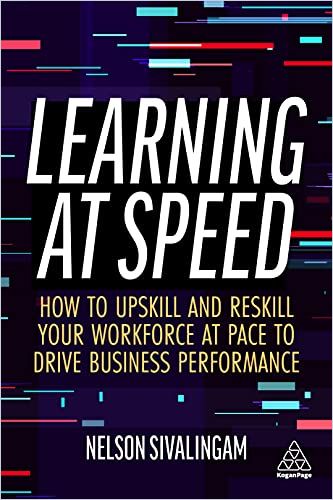
But this race toward automation-based efficiency raises essential questions. Might there be aspects of learning that resist such rapid improvement? As we prioritize technological optimization, do we risk neglecting our need for connection and meaningful interaction? What place do L&D professionals occupy in this evolving landscape? And most importantly:
Can we balance our desire for progress and the enduring need for human connection in the learning experience?
1. Adaptive Learning and the Rise of Intelligent Tutoring Systems
When we talk about AI-powered training solutions, adaptive learning is a prime example. It’s another rapidly expanding sector, projected to grow significantly in the coming years. Deeply rooted in personalization, this methodology has emerged as a frontrunner in the ongoing quest to make employee training more learner-centered and cost-effective. AI-driven platforms analyze the learner’s performance and adjust the educational content, pace, and method of instruction accordingly to enhance comprehension and knowledge retention.
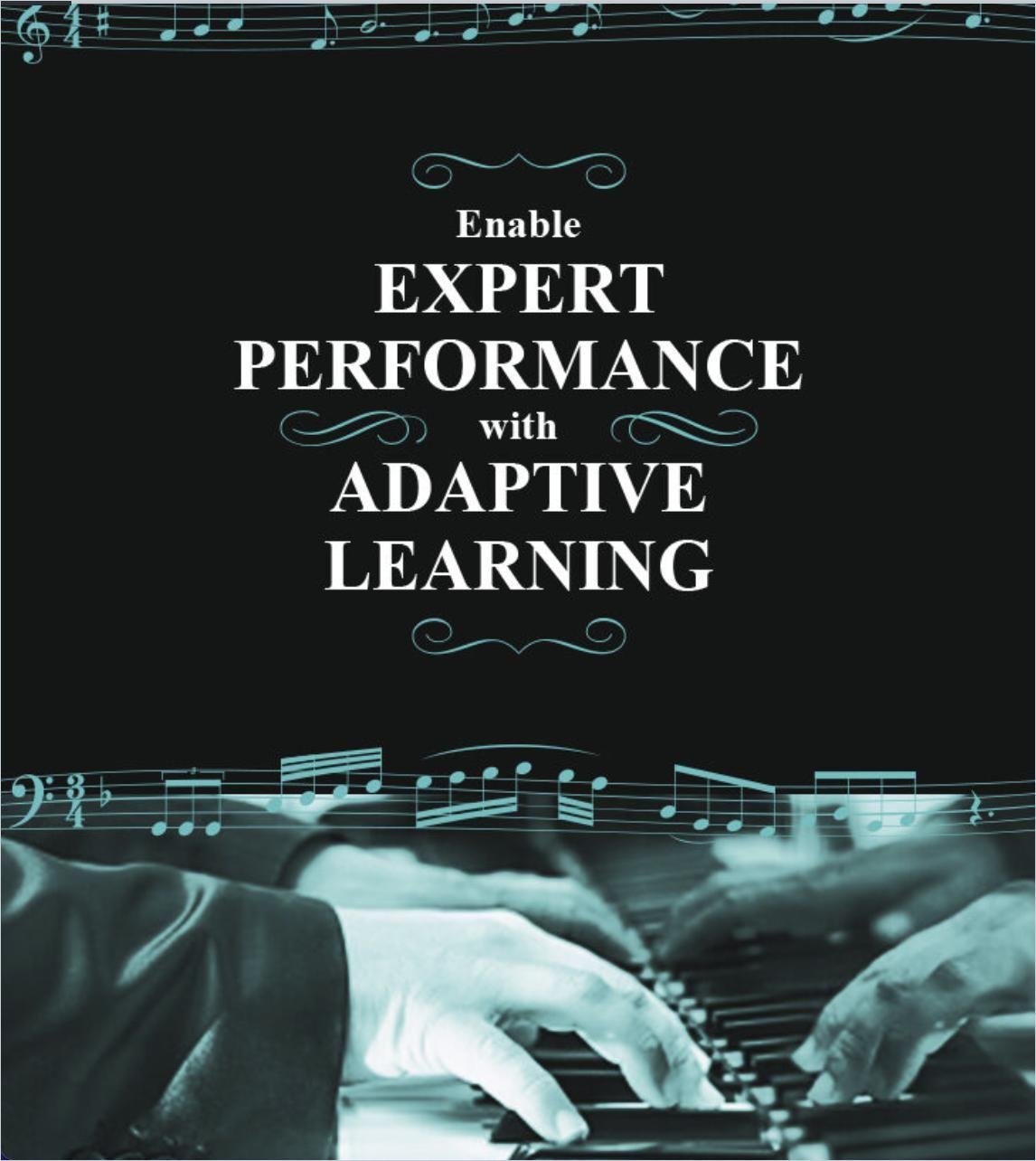
According to Michael J. Noble, President (Americas) of Area9 Lyceum, digital advancements over the past decades have expanded accessibility, yet often only yield serviceable knowledge rather than mastery. To address this shortcoming, adaptive learning employs AI to individualize learning, operating like a vast-scale personal tutor. This technology, he argues, doesn’t merely adapt content based on superficial factors but makes real-time adjustments rooted in data analytics and scientific research:
With adaptive learning, the ability to target individual learners supports the best of learning science. It should also help us to evaluate and measure effectiveness.
Michael J. Noble
Now, imagine using adaptive learning principles while further enhancing your EdTech solutions to consider a learner’s emotions and preferred learning style. That’s what Intelligent Tutoring Systems are designed to do. By incorporating natural language processing (NLP), conversational AI, and machine learning algorithms, ITS can engage learners in an even more personalized and human-like manner.
Given their capabilities to provide real-time feedback, guidance, and even emotional support, it’s no surprise that many experts are hailing ITS as the most promising development in eLearning today.
2. Pros and Cons of Using Adaptive Learning Chatbots in L&D
Without a doubt, adaptive chatbots promise a level of personalization that’s unprecedented. Take, for instance, a sales representative grappling with a new CRM tool. An AI-driven chatbot can swiftly identify their struggle, offering precise guidance to increase proficiency and potentially accelerate sales processes.
In this way, intelligent chatbots bridge the gap between individualized learning and tangible business outcomes.
Here is how the process works: round-the-clock access empowers learners to engage with content on their own terms, which can improve comprehension as they study during their peak focus times. Real-time feedback ensures immediate course correction, reducing the learning curve and fostering confidence. This engagement, in turn, enhances skill acquisition and enables quicker implementation in the workplace, which ultimately leads to faster returns on training investments for businesses.
Yet, with every technological leap comes inherent challenges. The autonomy of chatbots, while impressive, does have its pitfalls. If a learner grapples with a nuanced concept, the chatbot might falter in providing the clarity a human instructor could, especially in situations that require nuanced communication.
Moreover, even as adaptive bots aim for inclusivity, they may inadvertently embed societal biases, leading to non-inclusive or even discriminatory learning experiences. As highlighted by Meredith Broussard in More Than a Glitch, without rigorous human oversight, these AI systems risk perpetuating the very biases they’re intended to overcome, which could make the learning environment less equitable.
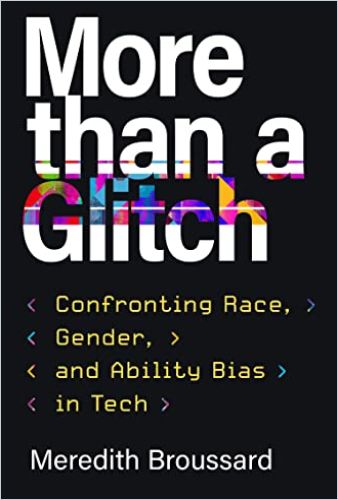
And then there’s the empathy factor – or rather, the lack of it. Chatbots might excel in content delivery and personal adaptation, but can they truly gauge a learner’s emotional state? Understand their frustrations? Or offer the same support and encouragement a human instructor can provide?
Let’s take a moment to explore this.
3. Can Intelligent Tutoring Systems Emulate Human Empathy?
Noble also touches on this very concern, pointing out that newcomers to adaptive learning might feel they’re under constant assessment, leading to heightened anxiety:
[When learners] encounter an adaptive solution for the first time, they may feel like they’re being tested. They may be worried about failing.
Michael J. Noble
Imagine you’re a non-native English speaker using an adaptive chatbot to improve language skills. Every time you make a syntactical mistake, the bot corrects you, leaving you feeling perpetually judged. So, while the bot aims to teach, its constant assessment mode could ultimately demotivate and discourage learners.
But what would it take for an AI system to emulate human empathy and create a sense of genuine connection with learners? And is that even possible?
AI and Emotional Intelligence
A recent survey about emotionally-aware chatbots (EAC) confirms that simulating empathic reactions in AI systems is feasible to some extent. However, whether we can count this as emotional intelligence depends on how we define empathy and what we expect from it in the learning context.
According to the survey, EACs can demonstrate empathy in three ways:
- Cognitive Empathy: Understanding the learner’s perspective and providing relevant feedback
- Emotional Empathy: Recognizing and responding appropriately to the learner’s emotional state
- Strategic Empathy: Using emotional intelligence to motivate and engage learners.
Here is how it works technically: EACs utilize emotional classifiers that can detect the emotion underlying text. These classifiers, leveraging neural-based approaches for superior performance, enable EACs to extract, understand, and appropriately respond to the emotional context found within user text, making the interaction more human-like and (seemingly) empathy-driven.
The Potential of Emotive AI in Adaptive Learning
For some, these technological developments have the potential to revolutionize eLearning. A study on affective feedback in adaptive learning systems shows a tangible impact on student engagement when systems can detect and respond to learners’ emotional states. Notable “empathic” AI adaptations include:
- Detecting negative emotions to alter content delivery and pacing
- Offering varied learning resources based on mood detection
- Suggesting breaks or mood-lifting activities during periods of stress or frustration
- Stimulating positive learning emotions to encourage learner motivation
- Providing customized feedback according to the user’s emotional state.
AI Interaction vs. Authentic Human Connection
Yet, while these advancements are undeniably groundbreaking, the question remains: can a machine, devoid of the depth of understanding, personal experiences, and intuition that shape human dynamics, truly foster an empathic bond with a human? And if not, is our innate need for connection strong enough to overlook this limitation and embrace the digital illusion in eLearning contexts?
Much more research is needed to answer these questions. However, as a recent literature review on consumer-machine relationships suggests, reciprocity plays a crucial role in determining the perceived quality of AI interactions. It’s not about the machine mimicking human behaviors and emotions perfectly but rather about the user feeling seen, heard, and understood in some capacity. This raises concerns about the authenticity of relationships built with AI chatbots that mimic the user’s conversation styles and behaviors. Or, to put it another way:
Learners who engage with adaptive chatbots may find themselves bonding with a simulation of their own persona – a learning experience that, although tailored to their cognitive needs and emotional states – will lack the depth of a real interpersonal connection.
4. How Do Collaboration and Interactive Learning Fit Into the Picture?
The problem of establishing meaningful AI-human connections becomes even more challenging when we consider the importance of collaboration in virtual learning environments.
Social Learning Theory posits that we learn and develop primarily through social interactions. It’s not just about acquiring new information but also about observing others, receiving feedback, and engaging in discussions and problem-solving activities designed to facilitate cooperation and knowledge sharing.
Arguably, such interactions are even more vital in the post-pandemic era. Michael Lee Stallard’s Connection Culture sheds light on this, emphasizing the urgent need for deeper human bonds in today’s remote and hybrid workplaces that rely heavily on virtual tools. The book explores the growing issue of isolation, exacerbated by the global health crisis. Today, more than ever, employees aren’t just looking for a place to work; they’re seeking a sense of belonging. Stallard writes:
When it comes to the relational aspects, there is a best culture: a culture that has a high degree of human connection.
Michael Lee Stallard
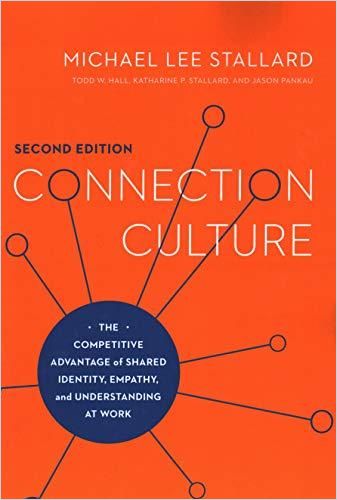
If we translate this insight into eLearning settings, the onus falls on designers to infuse genuine human interaction and collaborative experiences. For example, incorporating real-time discussion forums facilitates human-to-human exchange, while AI could orchestrate breakout groups based on learners’ needs and strengths. In this manner, AI-based systems would supplement rather than replace human interaction in eLearning settings.
But how will this intentional convergence of AI and human-centric learning affect the way L&D teams operate and the skills they require? Here’s one crucial angle to consider.
5. Upholding the Human in AI-Powered Learning: A Prime Task for L&D Leads?
Given the complexity and unpredictability of recent technological advances, there is no simple roadmap for L&D professionals to navigate the new terrain of AI-driven learning, let alone (re-)define their roles and responsibilities.
However, combining AI’s strengths (processing, consistency, adaptability, etc.) with humans’ soft skills (critical thinking, emotional intelligence, creativity, etc.) seems to be one of the most promising and practical ways to evolve in response to the changing landscape of organizational learning.
As such, L&D leads may find themselves playing a dual ‘connector’ role: preserving the human element in learning design and delivery by furthering interpersonal connections while also paving the way for deeper human-AI interactions in the learning ecosystem.
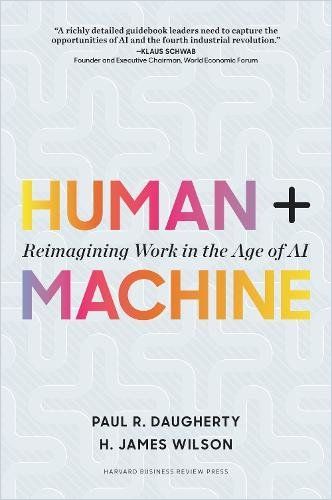
This leaves us with the critical question: How can we preserve the human element in AI-powered learning and do justice to both AI’s potential and human learners’ needs? Although only time will reveal the specific contours of the answer, let’s not underestimate the power of deep reflection and proactive experimentation in dealing with change as it happens.
So, as we draw to a close, why not step back for a moment and consider the following questions?
- As L&D roles evolve, what new skills will be essential for professionals guiding human-AI interactions in learning?
- How can we prevent AI from diluting the authentic human connection in learning environments?
- Given the importance of social learning, how can we ensure AI tools facilitate, rather than impede, the richness of observational learning?
- Can regular human check-ins offset the pressures of AI’s continuous assessment?
- How can real-time human exchange be prioritized while leveraging AI’s adaptability in eLearning environments?
- How do we preserve empathy, intuition, and critical thinking in an AI-enhanced learning space?
- How might AI impact learners with different cognitive abilities or learning styles, and how can we ensure inclusivity?
- Are we effectively blending online and offline techniques to foster community in learning?
- What mechanisms can be established to collect feedback from learners about their experiences with AI-driven tools and “adapt” adaptive learning accordingly?









